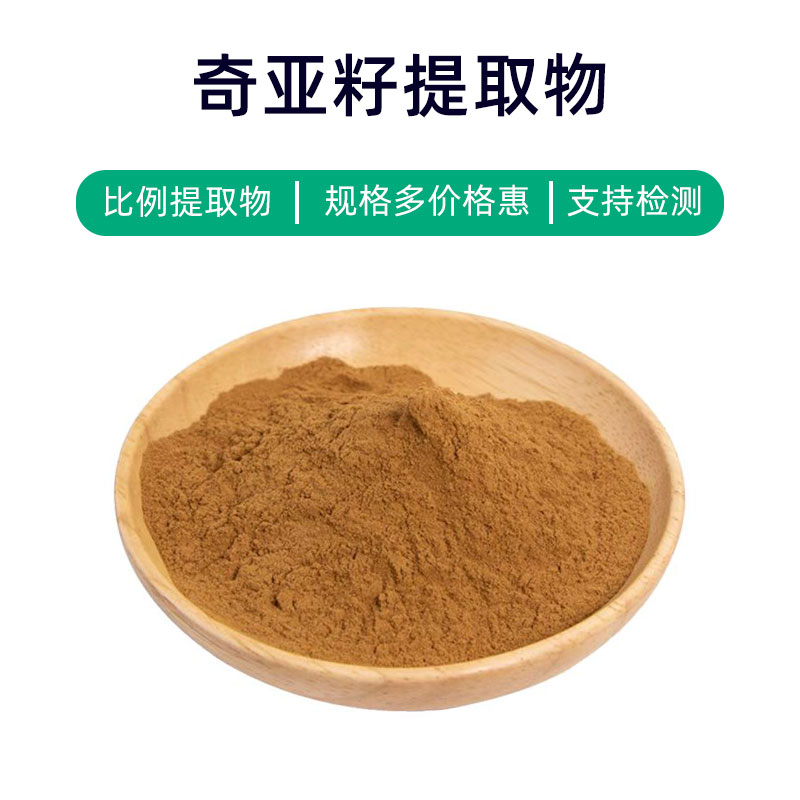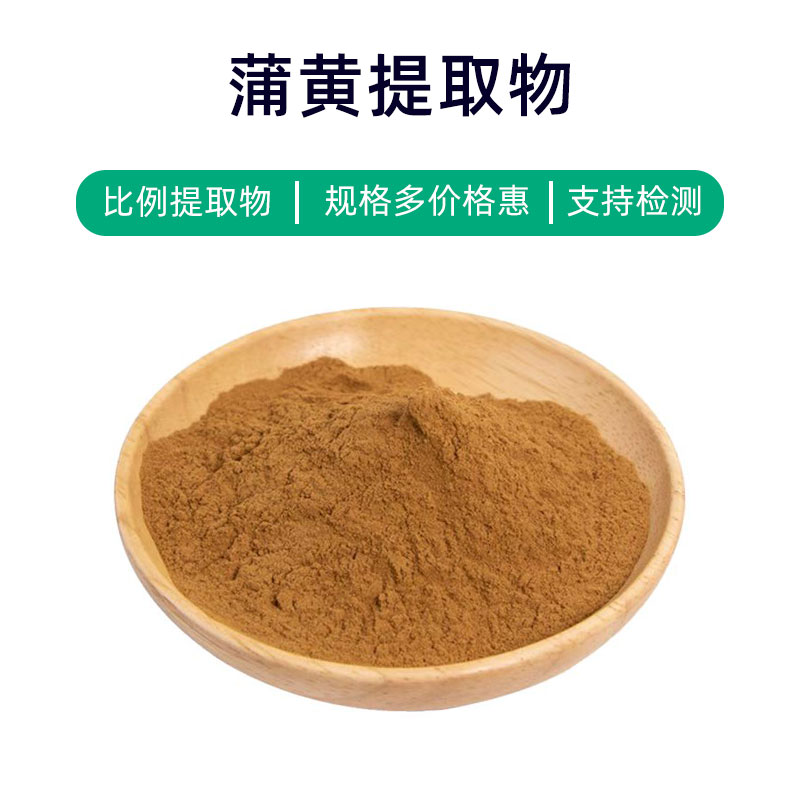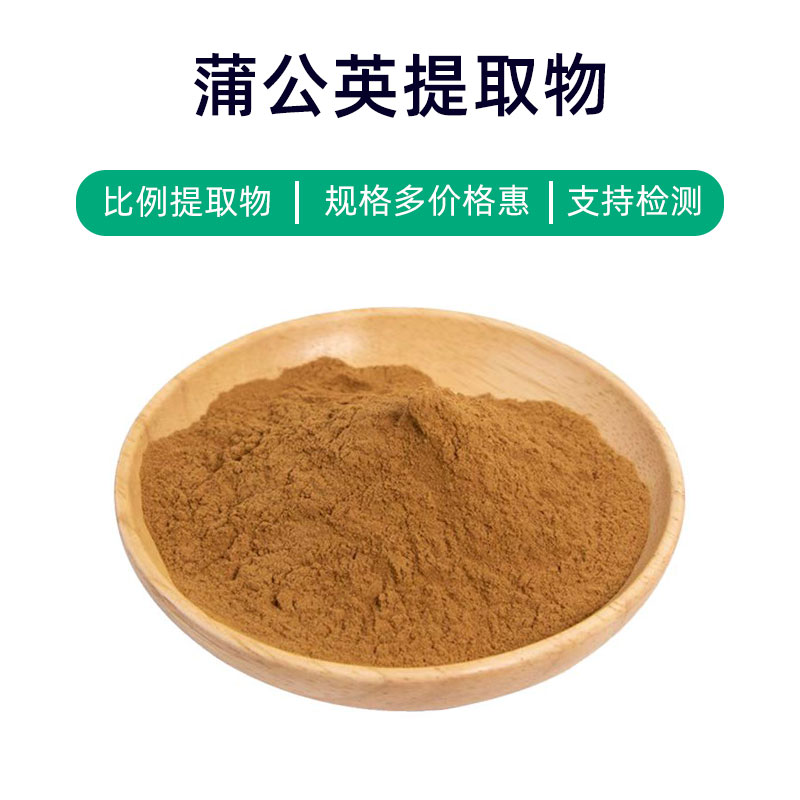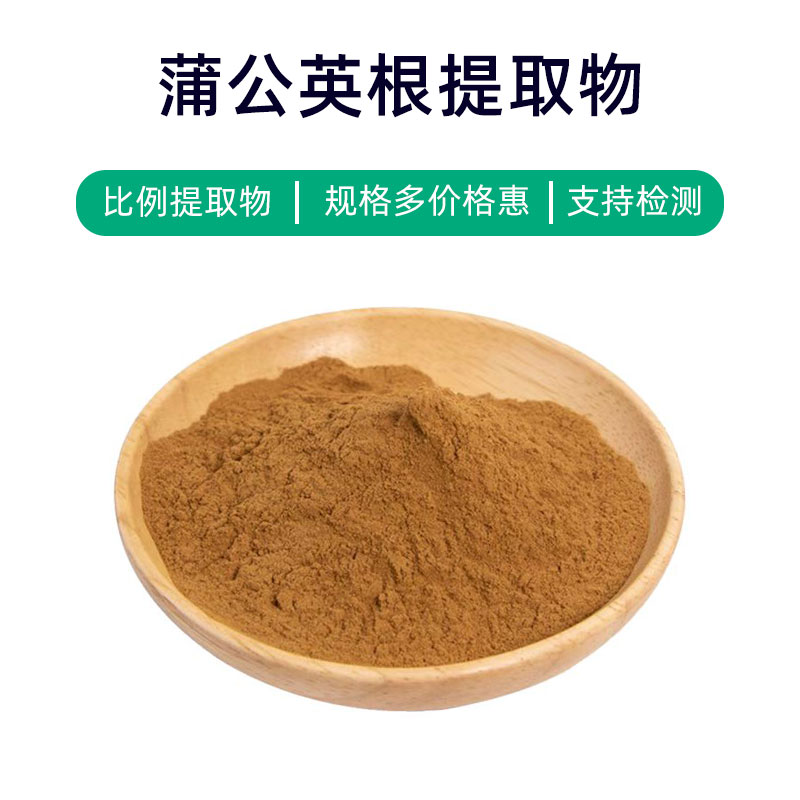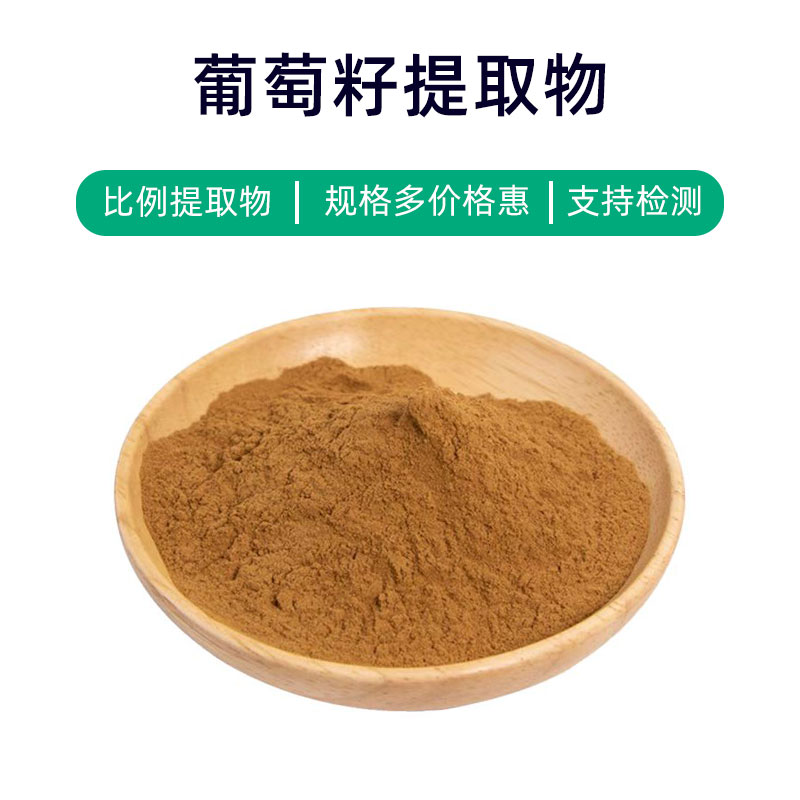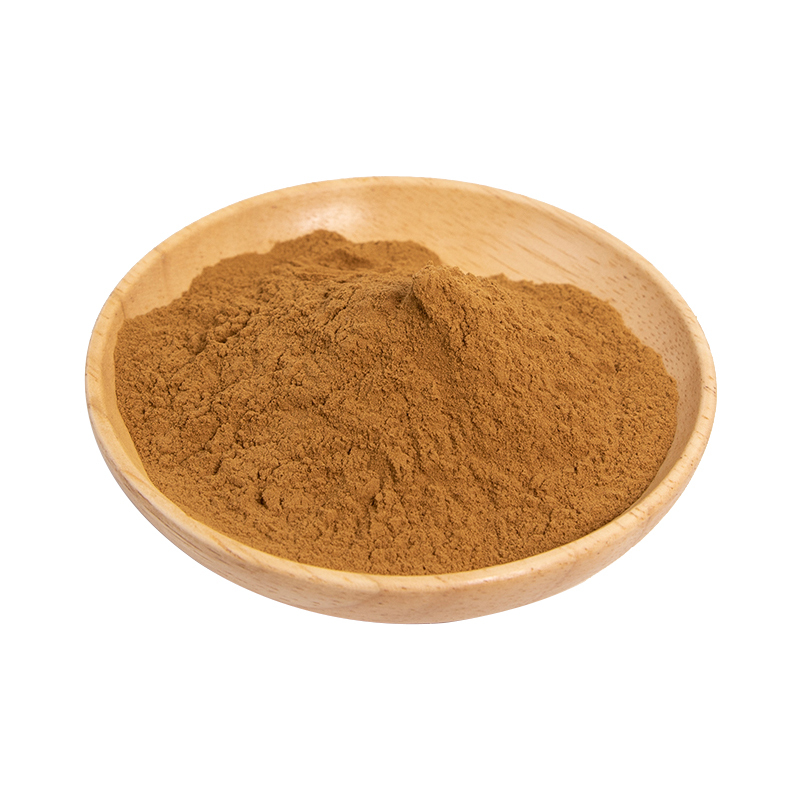Kale Extract Product Introduction
Kale extract is a natural plant extract derived from kale leaves, featuring components such as vitamins, chlorophyll, and flavonoids. This extract boasts multiple benefits, including antioxidant, whitening, and moisturizing properties. Rich in vitamins and flavonoids, kale extract has antioxidant effects that can eliminate free radicals in the body, slowing down skin aging while improving skin smoothness and elasticity. Additionally, the chlorophyll present can help regulate pigmentation, lighten spots, and achieve a skin-whitening effect. Kale extract also provides excellent moisturizing benefits that lock in skin moisture, alleviating dryness for a more hydrated and delicate complexion. Therefore, it’s commonly used in cosmetics like skincare products and face masks to enhance skin texture, brighten skin tone, and boost skin's elasticity and radiance.
Kale Extract Production Process
The production process for kale extract primarily involves the following steps:
- Raw Material Preparation: Select fresh kale leaves, wash, and process them to remove impurities and surface dirt.
- Extraction: Crush or chop the cleaned kale leaves, then use an appropriate extraction solvent (such as ethanol or water) for extraction. Various methods like soaking, heating, and ultrasonic extraction can be employed to fully extract the active components.
- Filtration: Filter the extract to remove solid impurities, obtaining an initial extract.
- Concentration: Concentrate the initial extract, typically using vacuum concentration or evaporation methods to remove solvents and yield a concentrated liquid.
- Refinement: Further purify the concentrated liquid through processes like freezing separation and recrystallization to enhance product purity and activity.
- Drying: Dry the refined extract, often using spray drying or vacuum drying methods to transform it into a powdered form.
- Packaging: Package the dried kale extract, usually in sealed containers to avoid exposure to air, moisture, and light, ensuring stability and activity.
- Quality Control: Conduct quality inspections on the packaged product to check for component content, microbial indicators, heavy metal residues, etc., ensuring compliance with relevant standards and regulations.
- Storage: Store the qualified product in a cool, dry, and ventilated environment, avoiding direct sunlight and high temperatures to prolong shelf life and stability.
Kale Extract Benefits and Potential Side Effects
Kale extract, derived from kale leaves, has a variety of benefits:
- Antioxidant Effects: Rich in natural antioxidants like vitamin C, chlorophyll, and flavonoids, it can neutralize free radicals, slow down oxidation, and protect cells from oxidative damage.
- Anti-inflammatory Effects: Active components in kale extract exhibit significant anti-inflammatory properties, helping to suppress inflammatory responses and alleviate symptoms for sensitive and reddened skin.
- Skin Moisturization: Natural moisturizing factors and polysaccharides in kale extract effectively lock in moisture, enhance the skin barrier function, and keep the skin hydrated and soft.
- Pigmentation Regulation: Components like chlorophyll help regulate skin pigmentation, lightening dark spots and freckles for a more even and bright complexion.
- Bacterial Growth Inhibition: Kale extract has antibacterial effects, inhibiting the growth of surface bacteria, which can reduce the occurrence of acne and other skin issues.
- Skin Tone Brightening: Chlorophyll and other components promote blood circulation in the skin, increasing oxygen supply, improving dull complexion for a brighter appearance.
- Collagen Synthesis Promotion: Ingredients like vitamin C can stimulate collagen synthesis in the skin, enhancing elasticity and reducing the appearance of fine lines and wrinkles.
While kale extract offers numerous benefits, potential side effects should be considered. Some individuals may experience allergic reactions to certain components, such as redness and itching. Furthermore, excessive use may lead to skin discomfort or allergies. It’s advisable to perform a skin sensitivity test when using kale extract products. If discomfort arises, discontinue use and consult a healthcare professional.
Kale Extract Applications and Dosage
Kale extract is widely utilized in pharmaceuticals, food, and cosmetics. Below are specific applications and dosage recommendations for each field:
- Pharmaceutical Applications:
- Antioxidant: The natural antioxidants in kale extract can be used in medical formulations for antioxidant therapy or as an ingredient in dietary supplements.
- Anti-inflammatory: Due to its anti-inflammatory properties, kale extract can be formulated into medications or topical treatments for inflammation-related conditions.
- Skin Repair Agent: Active ingredients in kale extract promote skin cell regeneration and repair, useful for treating minor skin injuries or inflammatory skin disorders.
- Food Applications:
- Nutritional Supplements: Rich in vitamins and minerals, kale extract can serve as an ingredient in various oral nutritional supplements.
- Functional Foods: Adding kale extract to foods can boost antioxidant and anti-inflammatory effects, creating functional foods like nutrition bars and beverages.
- Cosmetic Applications:
- Skincare Products: With antioxidant, moisturizing, and whitening benefits, kale extract can be included in skincare products like creams, lotions, and serums to improve skin texture and brighten complexion.
- Face Masks: Kale extract can be formulated into masks to deeply nourish skin, soothe discomfort, and enhance radiance.
Dosage Recommendations:
- For Pharmaceutical Use: Follow the guidance of healthcare providers; typical oral dosage ranges from 1-3 times per day, adjusted based on specific needs.
- For Food Use: Use as a food additive according to national standards, generally between 0.1%-1% of the total food weight.
- For Cosmetic Use: Use according to product labeling or formulation guidelines, generally recommended for 1-2 applications per day; use a suitable amount to avoid discomfort from overuse.
In summary, kale extract, as a natural plant extract, has broad application prospects in pharmaceuticals, food, and cosmetics, allowing for tailored selection based on specific needs and usage purposes.
Kale Extract Source Plant, Distribution, and Growth Environment
The source plant for kale extract is kale (scientific name: Brassica oleracea var. acephala), which belongs to the cruciferous vegetable family. Here is a detailed description of the plant, its distribution, and growth environment:
Plant Description:
Kale, also known as ornamental kale or Chinese broccoli, is a common vegetable plant characterized by thick, tender leaves that are deeply green and glossy, with a sweet and rich flavor. It is typically an herbaceous plant, upright in growth, with a stout stem and a feather-like leaf shape, accompanied by small yellow flowers that develop into round white or purple heads.
Distribution:
Kale is native to the coastal Mediterranean regions, including countries like Spain and Italy, and has since spread to Europe, Asia, and beyond. It is now cultivated globally and is primarily found in temperate and subtropical regions.
Growth Environment:
Kale thrives in mild climates, preferring sunny and cool conditions. While it is not particularly demanding regarding soil, it grows best in loose, fertile, and well-drained soils. The ideal temperature for kale growth is between 15-25°C, showing some cold resistance but sensitivity to high temperatures and drought, which can lead to pest and disease issues.
Typically, kale is sown in spring or fall, with a growing period of about 2-3 months, which can be adjusted based on different varieties and growth conditions. Kale has a relatively short growth cycle and can usually be harvested 6-8 weeks after sowing, making it suitable for planting in early spring and early fall. Proper fertilization, timely irrigation, and disease and pest management are crucial for ensuring healthy kale growth.
Overall, kale is a common vegetable with rich nutritional value and a broad adaptability for growth, widely cultivated and applied globally.
Kale Extract Processing and Storage
The processing of kale extract generally involves the following steps: First, fresh kale leaves are harvested, followed by washing and treatment to remove impurities. Next, the leaves are crushed or chopped, and an appropriate extraction solvent (such as ethanol or water) is utilized for extraction. After extraction, the liquid undergoes filtration, concentration, refinement, and drying to produce kale extract. For storage, kale extract should be kept in a dry, cool, and ventilated environment, avoiding direct sunlight and high temperatures to ensure its stability and quality.
Monica Sun is a seasoned expert in the plant extraction industry with over a decade of experience in research and production. She specializes in the extraction and purification of plant active ingredients, focusing on driving innovation in natural product applications. Monica has participated in the development of multiple functional plant extracts, delivering high-value natural raw material solutions for the health food, pharmaceutical, and dietary supplement sectors.









